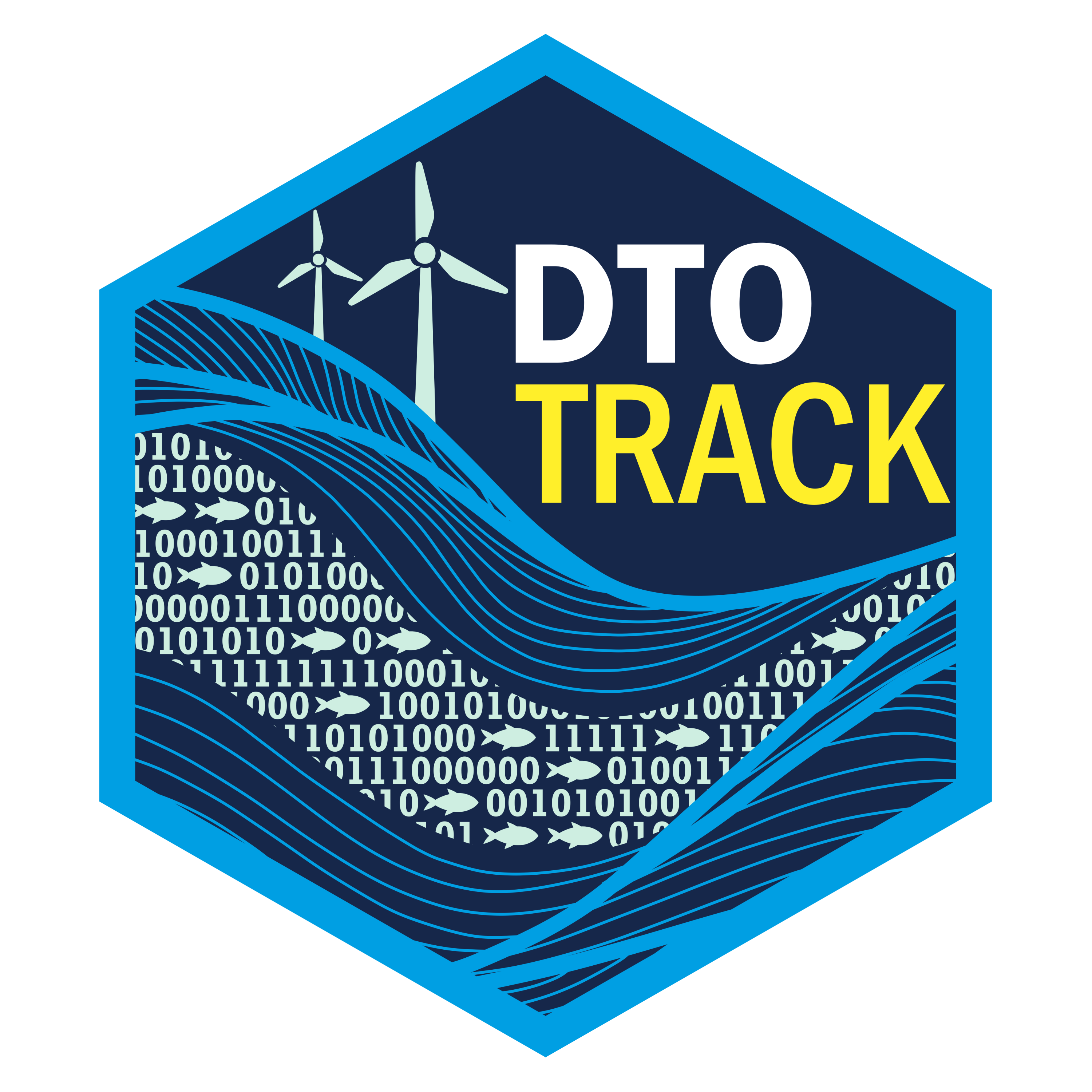DTOTrack: Digital Twin of the Ocean - Animal Tracking
DTOTrack is a newly-funded Sustainable Blue Economy Partnership project that aims to create a digital twin of the North Sea using animal tracking data.
DTOTrack aims to map the movements and distributions of marine life in the North Sea, and use that data to create a digital twin of the area. The digital twin can then be used to make more ecologically informed decisions in the blue economy sector and marine spatial planning.
Marine science has the tools and capacity to support effective management and catalyse a transition towards a sustainable blue economy. However, adequate management, protection and conservation of ocean life requires an understanding of animal needs in terms of habitat and movement routes. Animal movement is an essential ocean variable because the movement of aquatic animals provides innumerable services to the ocean, but observing animal movement in the oceans is very challenging because the geolocation tools that work so well on land are nearly useless in water (e.g., GPS). Availability of knowledge to decision makers remains limited, demanding tools such as digital twins to mobilise knowledge towards action.
 Digital twins (DTs) are gaining popularity across fields of research as digital tools for continuous monitoring, even becoming a component of the political sustainability agenda. DTs offer great potential for ecology, particularly with the ongoing global digitalisation, including various ecological databases, and the pressure for evidence-based decision-making in the conservation of biodiversity. DTs can help assess the state of nature with little lag or even in real-time, and detect trends and the need for intervention following real-time data flows. When linked to environmental conditions or anthropogenic threats, DTs can even help to determine if intervention efforts are effective. One salient aspect missing from existing DTs however, is the ‘animal movement’ component. Particularly in the aquatic realm, animals are almost never constrained by barriers, and their movements represent an important component of the ecosystem, moving energy across space and time. The movement of aquatic animals - sometimes across thousands of kilometres - is in fact one of the reasons they can be so difficult to manage. DTOTrack aims to address this particular gap through a digital twin test case of the North Sea, using animal tracking data. Specifically, DTOTrack will:
Digital twins (DTs) are gaining popularity across fields of research as digital tools for continuous monitoring, even becoming a component of the political sustainability agenda. DTs offer great potential for ecology, particularly with the ongoing global digitalisation, including various ecological databases, and the pressure for evidence-based decision-making in the conservation of biodiversity. DTs can help assess the state of nature with little lag or even in real-time, and detect trends and the need for intervention following real-time data flows. When linked to environmental conditions or anthropogenic threats, DTs can even help to determine if intervention efforts are effective. One salient aspect missing from existing DTs however, is the ‘animal movement’ component. Particularly in the aquatic realm, animals are almost never constrained by barriers, and their movements represent an important component of the ecosystem, moving energy across space and time. The movement of aquatic animals - sometimes across thousands of kilometres - is in fact one of the reasons they can be so difficult to manage. DTOTrack aims to address this particular gap through a digital twin test case of the North Sea, using animal tracking data. Specifically, DTOTrack will:
Coordinate tracking efforts for highly migratory species to understand the drivers of inter-basin movements in the North Sea;
Map the movements of species and ocean developments (i.e., oil rigs, windfarms) in the North Sea, and;
Develop tools and methods to operationalize animal movement in the North Sea as a digital twin.